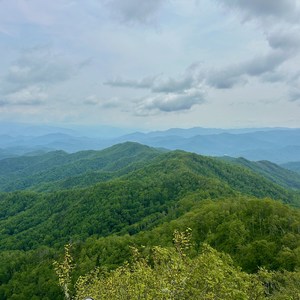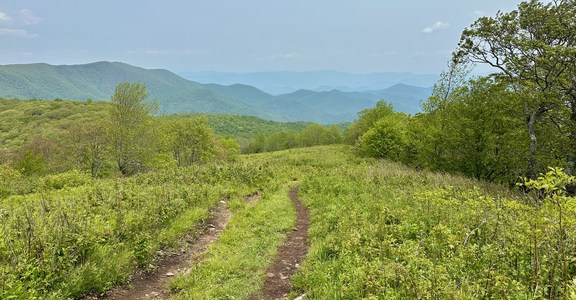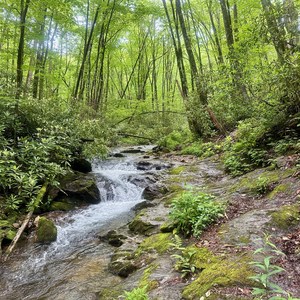Louisiana was still a territory when the first American-appointed governor, William Claiborne, reportedly commented that New Orleanians were ungovernable because they were preoccupied with dancing. He did not know then that the people’s love of music and dancing would eventually lead to New Orleans becoming instrumental in the formation of a new and innovative musical style known as Jazz.
At the New Orleans Jazz National Historical Park, this exceptional musical style’s history comes to life in a toe-tapping way. Beginning before the advent of Jazz, visitors will learn that in New Orleans, “music was not a luxury as it often is elsewhere- it was a necessity.” The creation of Jazz in New Orleans is credited to the diverse population, including French, Spanish, African, Italian, German and Irish, giving the city a distinctive environment that included such varied musical styles as European classical, African and Caribbean elements and popular American mainstream music.
Visitors to this unique National Historical Park, will be treated to interactive displays that range from introductions to the musical elements of jazz to live recordings of such famous jazz musicians as Louis Armstrong performing at the 1968 New Orleans International Jazz Festival. Personal instruments of famous musicians are on display, too. On loan to the New Orleans Jazz National Historical Park is a Selmer trumpet that was Louis Armstrong’s final trumpet and mouthpiece. Selmer trumpets became his preferred instrument when England’s King George V gave him a Selmer trumpet in 1932.
Also on loan, guests may see the fabulous white Steinway owned by Antoine “Fats'' Domino. After flooding from Hurricane Katrina damaged the piano, the Louisiana State Museum and the Louisiana Museum Foundation worked to restore this piece of musical history. The piano was completely disassembled and required the removal of mold, mildew and rust before it was reassembled and re-lacquered.
Rangers at the New Orleans Jazz National Historical Park give fascinating guided walking tours outdoors to various sites in the city important to the development of jazz. Park rangers and other musicians also reward guests with live performances providing an upbeat ending to a musical adventure.
Note: Park operations were temporarily moved. Prior to visiting, verify the current address.
For more information visit the New Orleans Jazz National Historical Park website.





















Comments
Sign In and share them.